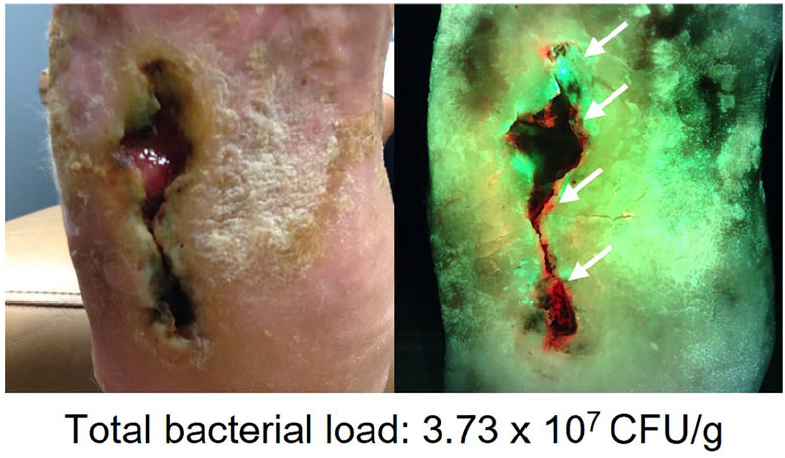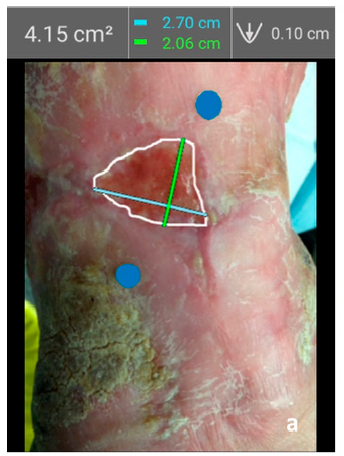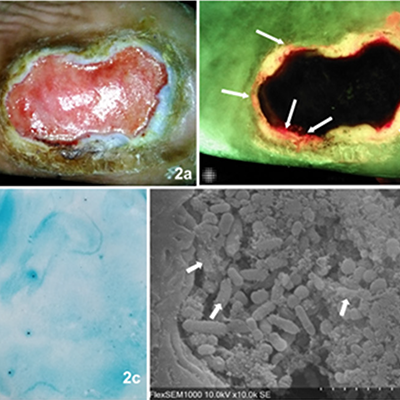Back to All Clinical Evidence
![]()
![]()
![]()
![]()
![]()
![]()
 PUBLICATION_
PUBLICATION_  PUBLICATION_
PUBLICATION_  PUBLICATION_
PUBLICATION_  PUBLICATION_
PUBLICATION_
Accelerated Wound Healing, Accelerated Wound Healing
Use of a bacterial fluorescence imaging device: wound measurement, bacterial detection, and targeted debridement
Related Publications
Accelerated Wound Healing
Accelerated Wound Healing
Related Material
 PUBLICATION_
PUBLICATION_ Uncovering the high prevalence of bacterial burden in surgical site wounds with point-of-care fluorescence imaging
 PUBLICATION_
PUBLICATION_ Integrating Point-of-Care Bacterial Fluorescence Imaging-Guided Care with Continued Wound Measurement for Enhanced Wound Area Reduction Monitoring
 PUBLICATION_
PUBLICATION_ Bacterial autofluorescence in infected perineal wounds: A prospective cohort study
 PUBLICATION_
PUBLICATION_ Assessing Biofilm at the Bedside: Exploring Reliable Accessible Biofilm Detection Methods
MolecuLight Headquarters
425 University Avenue
Suite 700
Toronto, ON M5G 1T6
Canada
US Address
MolecuLight Corp.
2403 Sidney Street,
Suite 286
Pittsburgh, PA 15203
T. +1 647-362-4684
North American Toll Free:
1-877-818-4360
F.+1 647-362-4730
E: info@moleculight.com
Sitemap
©2025
The MolecuLight® i:X and MolecuLightDX™ Imaging Devices are approved by Health Canada for sale in Canada and has CE marking for sale in the European Union.
The MolecuLight™ i:X and DX Imaging Devices have received FDA clearance.










